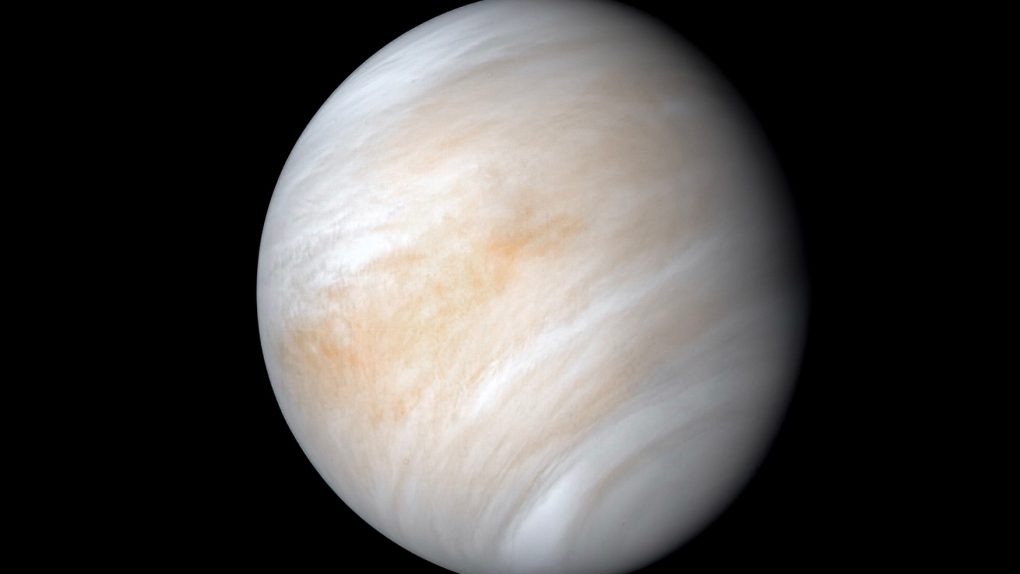Data gathered in 1983 shows signs of what a British astronomer believes to be possible evidence of a ninth planet in our solar system. The news could provide some solace to people who are still upset over Pluto’s demotion to dwarf planet.
Michael Rowan-Robinson, a leading astronomer and Emeritus professor of astrophysics at Imperial College London, found that data gathered by an early space telescope showed a possible candidate for the ninth planet theory. The data was pulled from historical observations made by the Infrared Astronomical Satellite (IRAS), which launched in 1983. It was the first orbiting observatory to look at the entirety of the night sky in the infrared spectrum.
Possible proof of a ninth planet found in old data

Rowan-Robinson decided to look back on the data from the IRAS’ ten-month mission to see if anything in the data had remained undiscovered. The professor paid careful attention to objects that moved slowly between one observation and another. Doing so allowed him to rule out any fast-moving bodies, like comets or asteroids. Rowan-Robinson says that shifts in position for planetary candidates would have been due to parallax, as the Earth orbited the sun causing the position of the IRAS to change angles.
The astronomer examined hundreds of sources in the data, however, three observations made in June, July, and September of 1983 caught most of his interest. The observations suggested that the new planet could be three to five times bigger than the Earth. It could orbit the sun at roughly 225 times the distance of our home planet.
The ongoing search for Planet Nine

Unfortunately, Rowan-Robinson admitted in a recent research paper that the observations are not high quality. This is due to the fact that the region of sky they were captured in is made of filaments of gas known as cirrus. These cloud-like gases make it difficult to read the observations clearly. He also noted that a recent survey of the sky by Pan-STARRS telescopes in Hawaii failed to record the object. This could suggest that the ninth planet he thought he discovered isn’t real.
He also recommended that astronomers check the orbits of dwarf planets beyond Pluto. Those checks could possibly account for the observations that he witnessed.
“The candidate is on an orbit utterly inconsistent with our predictions for Planet Nine, and would not be capable of gravitationally perturbing the distant solar system in the ways that we have suggested. But, of course, that doesn’t mean it isn’t real,” Mike Brown, a planetary scientist, noted in a series of tweets.
“It just means that it would be a serendipitous discovery of something while searching for Planet Nine. Pluto happened the same way. Tombaugh was searching for Lowell’s Planet X (which didn’t exist) and accidentally found Pluto. Pluto was not the predicted Planet X.”
Space continues to provide new mysteries for us to explore. Recently, scientists discovered that an asteroid could be a fragment of the moon. For now, though, the ninth planet — if it does exist — continues to elude us.








